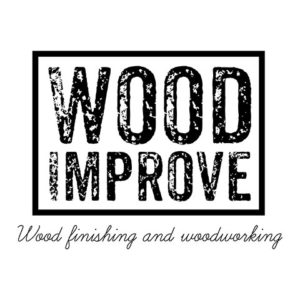When you’re doing any form of woodwork, the odds are that you will need to do some form of sanding to smooth the surfaces for aesthetics and in preparation for stains, glues, or paints. In this article, I’ll introduce you to a selection of sanders, discuss the applications to which each is best suited, and suggest some products from which you might make a purchasing decision.
We’ll discuss:
- Belt sanders
- Disc sanders
- Orbital sanders
- Sheet, or Finishing Sanders
- Block sanders
Belt Sanders
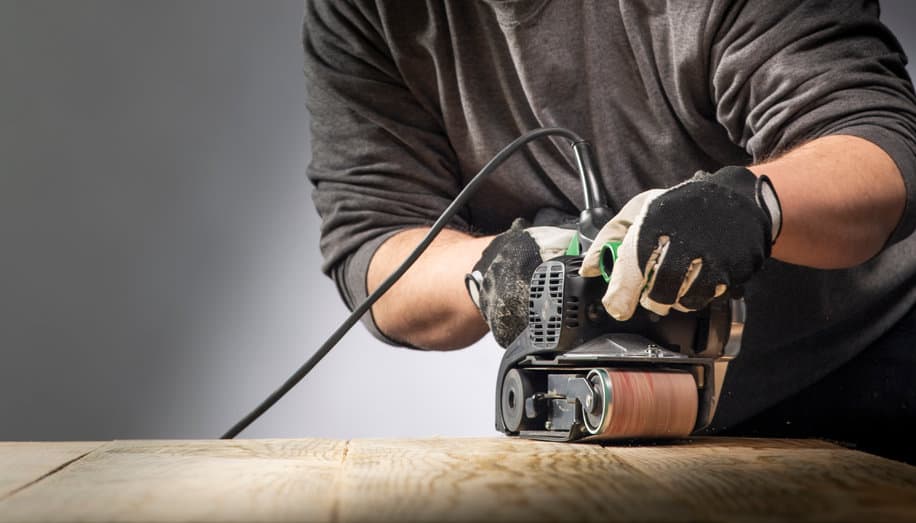
Belt sanders are a two-handed power tool consisting of two parallel drums around which an endless sandpaper belt runs. The belts come in all available grits, and the sander itself has a mechanism allowing quick belt removal and replacement when the belt is worn or when different grits are required.
The occasions best suited to a belt sander are when you’re working on a flat surface that requires a lot of sanding, like taking off paint, doing initial sand following planing, or preparing a large flat panel or plank for finish sanding. Given the size and speed of the belt, these sanders can remove a lot of material in a very short space of time.
Be aware that these are not suitable for close-in, intricate work, and they can be challenging getting into tight corners. There are a few places these sanders simply won’t reach. They can also be very tiring on the hands and arms, so don’t get something too large that will rapidly tire you.
While you can belt sanders of all shapes and sizes, the two most common belt sanders use 3-inch or 4-inch belt widths, with belts suited to the length of the sander body. The belt length refers to the whole loop length, not just the face in contact with the wood. Obviously, the longer the belt, the longer and larger the sander. Common lengths are 18, 21, and 24-inches.
Once you get to sizes at or above 24-inches, you are moving into professional territory. These sanders will tire you quickly, especially if using them on a vertical surface, and I’d suggest 21-inches as a good DIY belt size. Here are two sanders I recommend.
Best Budget Belt Sander – Skil 7510-01 Sandcat 6 amp 3″ x 18″

With a powerful 9-amp motor, variable speed control, a large dust collection bag, and a 5-year warranty, I think this is a nice package if you want a machine that will last for years. The same company as the best budget buy above but from their professional range. A great little belt sander with plenty of power.
Best Value Belt Sander – Metabo HPT Belt Sander 9 amp 3″ x 21″

With a powerful 9-amp motor, variable speed control, a large dust collection bag, and a 5-year warranty, I think this is a nice package if you want a machine that will last for years. A great little belt sander with plenty of power.
Disc Sanders
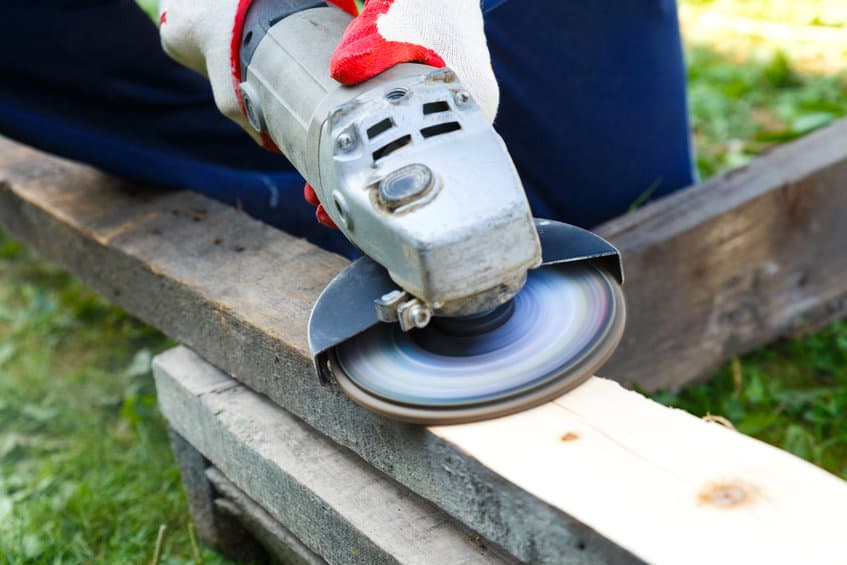
A disc sander is a simple tool that uses abrasive discs and spins them in a rotary motion. These tools are used to take off serious wood and, like the belt sanders, are used to rough down timber or remove paint before moving on to a smoother, more refined sanding method. Once again, these are two-handed tools designed to get into places the belt sander can’t.
These need to be used with care, as they can leave deep marks on the wood if not handled carefully. You’re using only one side of the disc, not the whole face. I’d suggest 5-inches if you’re new to disc sanders, or a 7-inch if you have some serious work to do.
Best Budget Disc Sander – Makita 5-Inch Disc Sander for wood

A great buy if you’re new to disc sanders, this unit has a 4.2 amp motor, so not hugely powerful, but more than enough for the occasional job around the house. Simple, a good brand, and a great price. It comes with some sanding discs to get you started.
Best Value Disc Sander – Metabo HPT Disc Sander, 7-Inch

A good price for a 7-inch disc sander, with most retailing over $200. This sander is a well-known brand (used to be Hitachi) with good power at 6.2 amps.
Random Orbital Sanders
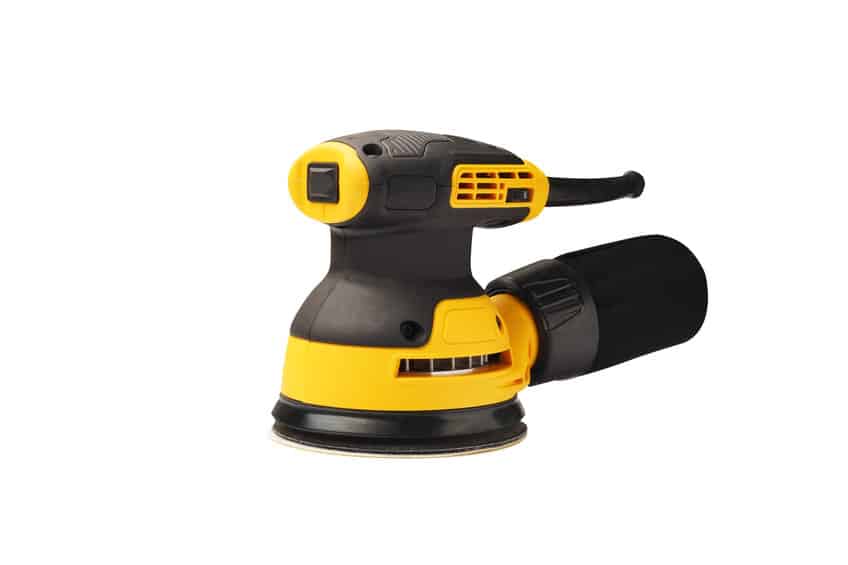
Random orbital sanders have become the go-to sander for many woodworkers when the belt or disc sanders are too aggressive and finishing orbital sanders are too passive. Most random orbital sanders have a round sanding pad that moves in a random pattern that is more of an ellipse than simply spinning, and this motion prevents much of the surface marks that can sometimes come from other sanding methods.
Most of these sanders are designed for single-handed use, as the sander does not try to move in any specific direction. You’ll find the DIY sanders are predominantly 5-inch discs, although you will see the odd 6-inch version. The discs normally stick on with a hook and loop type fastening and have holes to port the dust away.
If you want a versatile, cover-most-options sander for your workshop, this has to be it.
Best Budget Random Orbital Sander – Bosch ROS20VSC 2.5 Amp 5 Inches Variable Speed Random Orbital Sander

Bosch is a well-known manufacturer of quality products, and this sander won’t disappoint. A compact 5-inch random orbital sander with a dust collector, the motor on this unit is 2.5 amps which is adequate for most of your needs when starting woodworking.
Best Value Random Orbital Sander – DEWALT Random Orbit Sander, 5-Inch (DWE6421)

Another well-known and respected brand offers a 20% power increase over the Bosch, a vibration dampening system, and an optional attachment to connect the sander directly to a vacuum unit.
Sheet, or Finishing Sanders
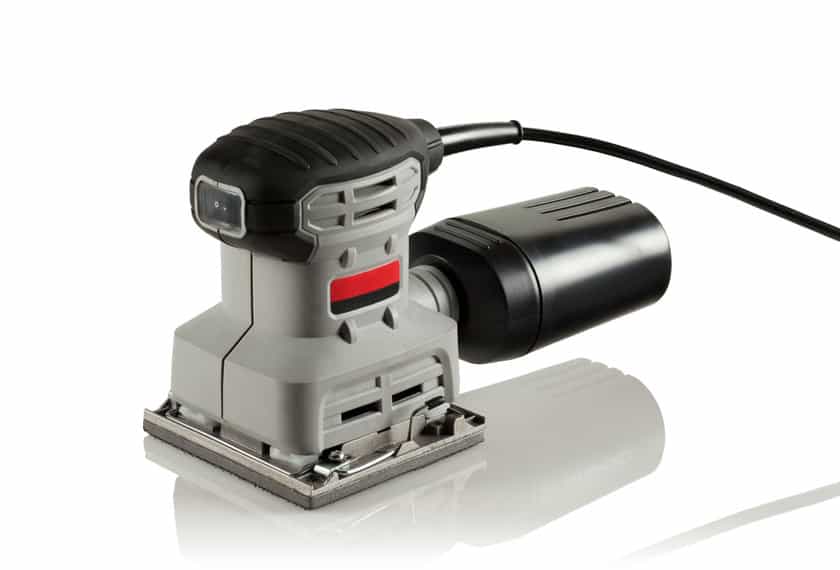
When you want to get a really fine finish on your work, these sanders are designed to do just that. Using either a quarter sheet or half sheet of sandpaper, they hold the paper through a series of clips, allowing quick sandpaper changes. The motion is small and gentle using a rubber-backed platen, providing a very high finish when used with a fine-grit sandpaper.
Best Budget Finishing Sander – DEWALT Palm Sander, 1/4 Sheet (DWE6411K)

A low-cost 1/4-sheet finishing sander from a good brand at a great low price. Offering a fine movement at high speed, this is a great little sander for small areas or for infrequent use.
Best Value Finishing Sander – Makita BO4900V 1/2 Sheet Finishing Sander

The Makita BO4900V offers a half sheet sanding capability and the option of variable speed selection to suit the grit, wood, and finish required. You’ll spend a bit more than with the DeWalt above, but this sander gives you a larger sanding area and greater flexibility.
Block Sanders
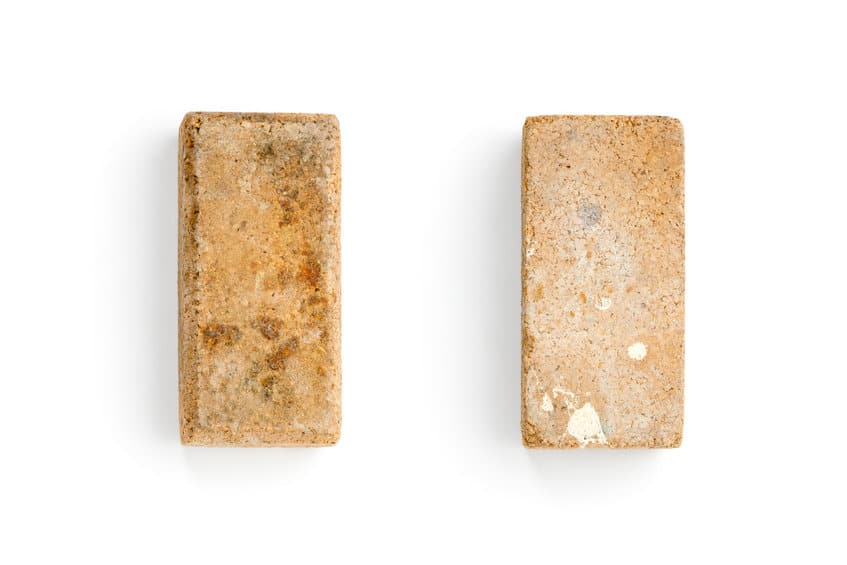
It may seem strange to discuss manual sanding methods in an article on best sanders, but a sanding block is always the go-to solution when finishing. The machines above are excellent, but there will almost always be places they can’t reach or where a manual sanding block will give a better finish. Just wrap a strip of sandpaper around the block, and off you go!
You’ll also come across sanding sponges consisting of a firm sponge with an external grit applied. These are great for intricate or contoured surfaces or convenient for lightly finishing a drywall patch repair.
Try one of these products on for size:
Cork Sanding Blocks – EMILYPRO Cork Sanding Blocks

These will last you forever and are great to have in the workshop for those last-minute touch-ups. Cheap and very necessary.
Sanding Sponges – Wellgo 6 Pack Sanding Sponges

Six sponges ranging in grits from 60 through to 220. Another useful addition to any woodworking shop or home DIY toolbox.
